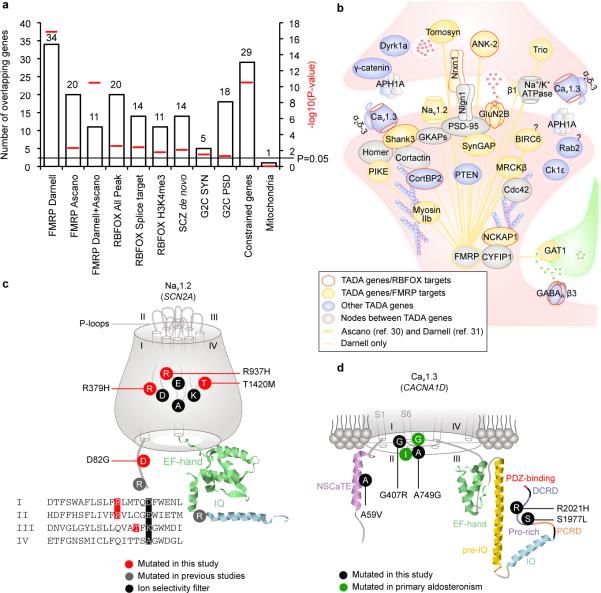Figure 1. ASD genes in synaptic network.
a. Enrichment of 107 TADA genes in: FMRP targets from two independent datasets and their overlap; RBFOX targets; RBFOX targets with predicted alterations in splicing; RBFOX and H3K4me3 overlapping targets; genes with de novo mutations in schizophrenia; human orthologues of Genes2Cognition mouse synaptosome or PSD genes; constrained genes; and, genes encoding mitochondrial proteins (as a control). Red bars indicate empirical P-values. b. Synaptic proteins encoded by TADA genes. c. De novo Mis3 variants in Nav1.2 (SCN2A). The four repeats (I-IV) with P-loops, the EF-hand, and the IQ domain are shown, as are the four amino acids (DEKA) forming the inner ring of the ion selectivity filter. d. Relevant variants in Cav1.3 (CACNA1D). Part of the channel is shown, including helices one and six (S1 and S6) for the I-IV domains, NSCaTE motif, EF-hand domain, pre-IQ, IQ, PCRD, DCRD, proline-rich region, and PDZ-binding motif.

